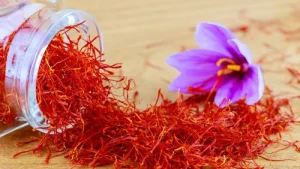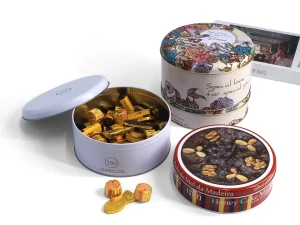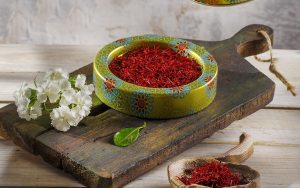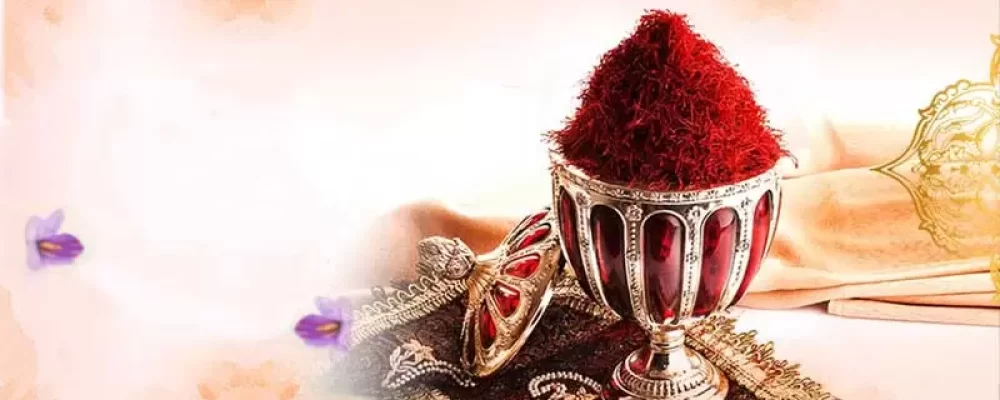The history of saffron is native to Southwest Asia and dates back to the Achaemenid period. Many historical sources consider the birthplace of saffron to be Iran and believe that Wild saffron flower You are going to Iran. Also, some sources believe that saffron in Iran is about 5 thousand years old. Saffron packaging in Iran has also found different and creative forms according to the culture and tastes of consumers. In this article, we look at some forms of saffron packaging in Iran.
Metal can in the history of saffron

Metal can is an old and traditional way of packing saffron in Iran, which is still welcomed. The metal can has the ability to preserve moisture, light, heat and air and protects the properties of saffron. Metal cans also have visual appeal and durability, and are usually decorated with artistic patterns and landscapes
Single crystal metal containers with various designs by referring to metal dishes Please see.
Plastic
Plastic is a newer and more widely used arrangement for packing saffron in Iran, which has received attention due to its low price and ease of production. Like metal cans, plastic also has insulating properties and prevents saffron from coming in contact with external factors. Plastic is also transparent and light and is usually decorated with colored labels and product information.
Glass

Glass is a beautiful and stylish form of saffron packaging in Iran, which is loved by many consumers because of its attractive and luxurious appearance. Glass has the property of not absorbing moisture and odor and prevents the color and aroma of saffron from changing. The glass also has high transparency and helps to display the saffron. The glass is usually closed with metal or wooden doors and decorated with unique patterns.
Crystal containers with various designs by referring to crystal dishes Please see.
Wood
Wood is an original and traditional way of packing saffron in Iran, which is appreciated because of its culture and history. The wood has the properties of maintaining heat and humidity and prevents the drying of saffron. Wood also has a natural and simple appearance and is decorated with artistic carvings. Wood is usually closed with simple doors or cloth and gathered with adhesive tape or thread
We mentioned metal, plastic, glass and wood cans. In the following, we look at some other forms of saffron packaging in Iran:
Paper
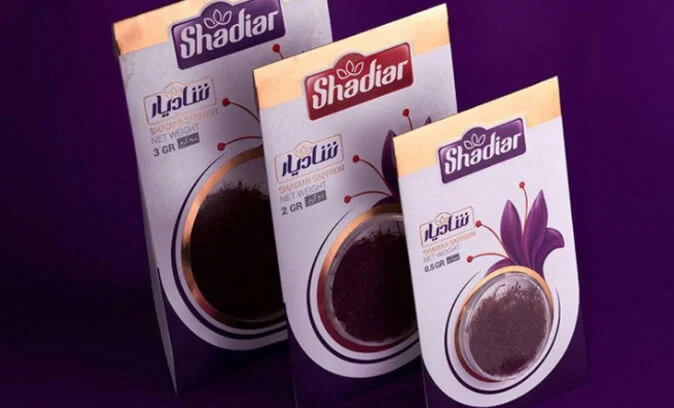
Paper is a simple and cheap form of saffron packaging in Iran, which is used due to its accessibility and easy production. Paper has the property of absorbing moisture and prevents saffron from drying. Paper is also light and portable and is decorated with colorful prints and various designs. The paper is usually closed with glue or thread and is shaped like a tube or a triangle.
Cloth
Fabric is an ornamental and cultural form of saffron packaging in Iran, which is noticed due to its different colors and textures. The fabric has the property of not absorbing moisture and prevents the color and aroma of saffron from changing. The fabric also has a soft and delicate appearance and is decorated with artistic stitches and embroidery. The fabric is usually tied with thread or string and is shaped like a bag or box.
the conclusion
Saffron packaging is an effective factor in maintaining its quality and increasing its value. The packaging of saffron in Iran represents the culture and tastes of the consumers, which has attracted or rejected the product according to its type, ability, cost, attractiveness, simplicity or complexity, psychological and spatial effects. In this article, we pointed out some common forms of saffron packaging in Iran, including metal cans, plastic, glass, wood, paper and fabric. We hope this article is useful and interesting for you.


